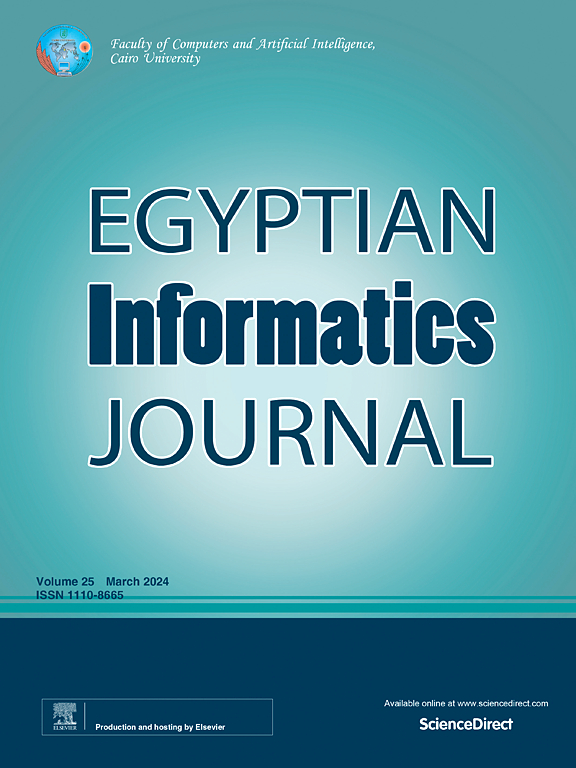电子商务应用聚类方法的多因素评估
IF 5
3区 计算机科学
Q1 COMPUTER SCIENCE, ARTIFICIAL INTELLIGENCE
引用次数: 0
摘要
本研究旨在探讨如何应用 Vlse Kriterijumska Optimizacija I Kompromisno Resenje (VIKOR) 和与理想解决方案相似度排序技术 (TOPSIS) 进行多标准决策,为电子商务客户细分选择最佳聚类。在这种情况下,聚类作为一种无监督的机器学习方法,为克服传统分组的局限性提供了一种途径,特别是提供了捕捉消费者不同需求的能力。根据电子商务客户的行为数据,共考虑了五种不同的聚类方法。尽管所分析的算法都是众所周知并被广泛使用的,但要进行全面和多方位的比较并非易事。所选方法根据 12 个指标(决策标准)进行评估,这些指标分为四个特征,既考虑到聚类的外部环境,也考虑到使用聚类结果时的环境要求。分析结果表明,两种多标准决策方法的结果一致,但也存在一些明显的差异。在前三种聚类算法(K-median - BIRCH - K-means)中,这两种方法获得了相同的排名。然而,TOPSIS 和 VIKOR 敏感性分析分别在 87% 和 60% 的验证变体中推荐 K-means。决策因素的参数化对聚类方案的最终排序有重大影响。这项研究证明了决策方法在为多元用户界面选择最佳聚类以提高电子商务个性化方面的实际应用。本文章由计算机程序翻译,如有差异,请以英文原文为准。
Multi-factor evaluation of clustering methods for e-commerce application
This research aimed to investigate the application of Vlse Kriterijumska Optimizacija I Kompromisno Resenje (VIKOR) and Technique for Order of Preference by Similarity to Ideal Solution (TOPSIS) multi-criteria decision-making to select the optimal clustering for e-commerce customer segmentation. In this context, clustering as an unsupervised machine learning method offered a way to overcome the limitations of traditional grouping, particularly by providing the ability to capture the diverse needs of consumers. A total of five different clustering methods were considered based on the behavioral data of e-commerce customers. Even though the analyzed algorithms were well-known and widely used, the comprehensive and multidirectional comparison was not trivial. Selected approaches were evaluated on the basis of twelve indicators (decision criteria), divided into four characteristics that take into account both the out-of-context aspects of clustering and the requirements arising from the context of using the clustering results. The results showed consistent outcomes from both analyzed Multi-Criteria Decision Methods, with some notable differences. The methods obtained the same ranking of the top three clustering algorithms (K-median - BIRCH - K-means). However, the TOPSIS and VIKOR sensitivity analysis recommended K-means in 87% of the cases and 60% of the variants verified, respectively. The parameterization of the decision factors had a significant impact on the final ranking of clustering options. This research demonstrated the practical application of the decision methods in selecting the best clustering for multivariate user interfaces to improve personalization in e-commerce.
求助全文
通过发布文献求助,成功后即可免费获取论文全文。
去求助
来源期刊

Egyptian Informatics Journal
Decision Sciences-Management Science and Operations Research
CiteScore
11.10
自引率
1.90%
发文量
59
审稿时长
110 days
期刊介绍:
The Egyptian Informatics Journal is published by the Faculty of Computers and Artificial Intelligence, Cairo University. This Journal provides a forum for the state-of-the-art research and development in the fields of computing, including computer sciences, information technologies, information systems, operations research and decision support. Innovative and not-previously-published work in subjects covered by the Journal is encouraged to be submitted, whether from academic, research or commercial sources.
 求助内容:
求助内容: 应助结果提醒方式:
应助结果提醒方式:


